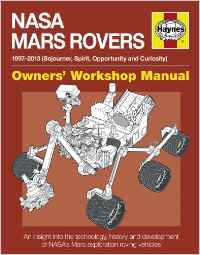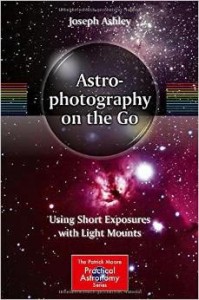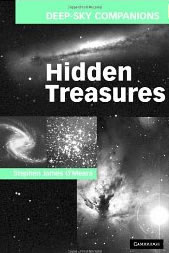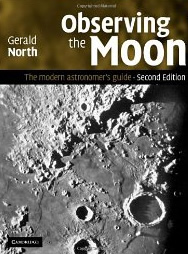NASA Mars Rover Book by Haynes Book Review
NASA Mars Rovers by Haynes – Owner’s Workshop Manual
1997-2013 (Sojourner, Spirit, Opportunity and Curiosity)
 This is one of Haynes’ astronomy owner’s workshop manual books. I have reviewed a few of these already including the Space Shuttle and the Lunar Rover books. Please note this book won’t take you through how to repair the Mars Rovers or how to build your own, but they do manage to provide the reader with an amazing collection of information about the Mars Rovers in one book.
This is one of Haynes’ astronomy owner’s workshop manual books. I have reviewed a few of these already including the Space Shuttle and the Lunar Rover books. Please note this book won’t take you through how to repair the Mars Rovers or how to build your own, but they do manage to provide the reader with an amazing collection of information about the Mars Rovers in one book.
You get some brilliant cross-sectional diagrams and photographs. This book also comes with some amazing full colour images of the Mars terrain which have been taken by the Mars Rovers.
The book begins with an introduction to Mars, and then there are details on the early missions to Mars, including Mariner 4 and Mariner 9 as well as information on the Viking lander.
There is then a section on the newer missions to Mars including the Mars Global Surveyor and the Pathfinder missions.
A large part of the book is given over to Spirit and Opportunity. In this chapter both Mars Rovers are covered in very precise detail, from the planning stage, to taking the reader through each part of technology that the Rover carried on board. This chapter even gives a small mention to Beagle 2!
After this chapter we come onto Curiosity. Again through many full colour images and diagrams the reader is taken from concept stage through to engineering, building and testing. There is also lots of information on the advanced landing system that was used with the sky crane. Each scientific device on Curiosity is thoroughly covered. This chapter ends with some really great panoramic images of the Mars surface taken by Curiosity.
I love this book, for me it’s more like having a full colour encyclopaedia on the Mars Rovers, this Haynes manual on the Mars Rovers is thoroughly recommended. A great Mars Rover Book.


 Hidden Treasures is a big, heavy, nearly 600 page book which includes an original selection of 109 deep-sky objects. None of the objects are included in either the Messier or Caldwell catalogues. Together with this all the objects are supposed to be visible with a 4” telescope under dark skies.
Hidden Treasures is a big, heavy, nearly 600 page book which includes an original selection of 109 deep-sky objects. None of the objects are included in either the Messier or Caldwell catalogues. Together with this all the objects are supposed to be visible with a 4” telescope under dark skies. Observing the Moon is a hardback book from Cambridge University Press by Gerald North. This is the second edition of the book. When I started reading the book I was thinking that it was going to be a boring book just about the moon, but how wrong I actually was. It does contain a lot more information, including information on how to image the moon, via a webcam and video camera.
Observing the Moon is a hardback book from Cambridge University Press by Gerald North. This is the second edition of the book. When I started reading the book I was thinking that it was going to be a boring book just about the moon, but how wrong I actually was. It does contain a lot more information, including information on how to image the moon, via a webcam and video camera.